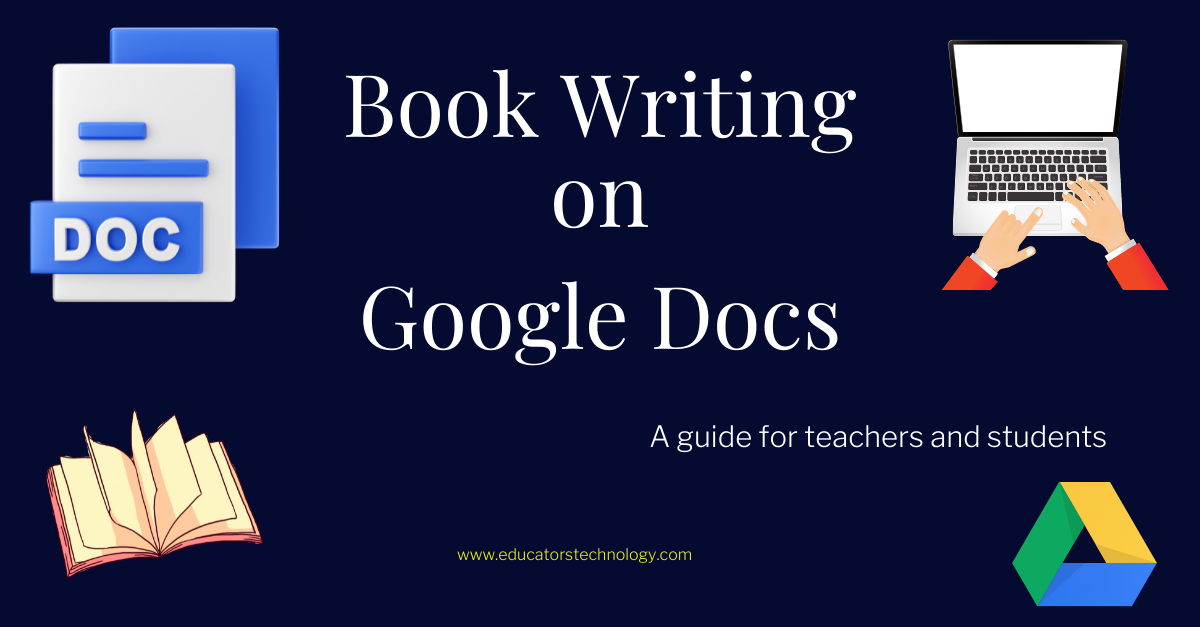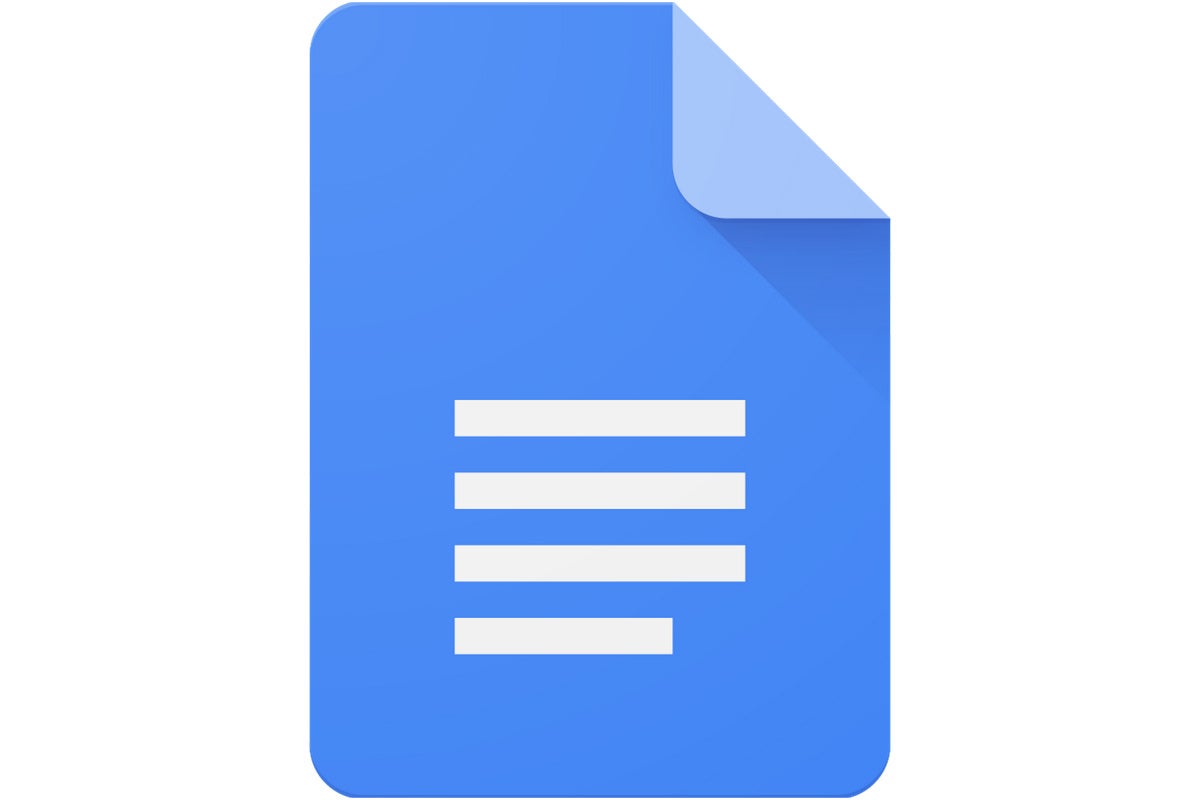
Bookshelf IDs - Numeric values given to a bookshelf in a user's. Resource you can find the volume ID in its id field. Use the API to get the volume ID by making a request that returns a Volume An example of a volume ID is _LettPDhwR0C. Volume IDs - Unique strings given to each volume that Google Books. You need to specify ID fields with certain API method calls. The API key is safe for embedding in URLs it doesn't need any encoding. To keep your API keys secure, follow the best practices forĪfter you have an API key, your application can append the query parameter In production by clicking Restrict key and selecting one of the Need doesn't already exist, then create an API key in the Console by The API supports several types of restrictions on API keys. The key identifies your project and provides API access, quota, and You can generate OAuth 2.0 credentials for webĪpplications, service accounts, or installed applications.įor more information, see the OAuth 2.0 documentation.Ī request that does not provide an OAuth 2.0 token must send an API YourĪpplication first sends a client ID and, possibly, a client secret to OAuth 2.0: Whenever your application requests private userĭata, it must send an OAuth 2.0 token along with the request. This API supports two types of credentials.Ĭreate whichever credentials are appropriate for your project: Open the Credentials page in the API Console. Requests to the Books API for public data must be accompanied by an identifier, which can They are available for a variety of programming languages check the page with libraries and samples for more details. Tip: The Google APIs client libraries can handle some of the authorization process for you. Information that Google supplies when you register your application (such as the client ID and the To request access using OAuth 2.0, your application needs the scope information, as well as Here's the OAuth 2.0 scope information for the Books API: For detailed information about flows for various types of applications, see Google's OAuth 2.0 documentation. Some flows include additional steps, such as using refresh tokens to acquire new access tokens. If Google determines that your request and the token are valid, it returns the requested data. Your application requests user data, attaching the access token to the request. If the user approves, then Google gives your application a short-lived access token. 
Google displays a consent screen to the user, asking them to authorize your application to request some of their data.When your application needs access to user data, it asks Google for a particular scope of access.

(If the API isn't listed in the API Console, then skip this step.)
Activate the Books API in the Google API Console. Google then provides information you'll need later, such as a client ID and a When you create your application, you register it using the Google API Console. The following general process applies to all application types: The details of the authorization process, or "flow," for OAuth 2.0 vary somewhat depending on what kind of application you're writing. Requests to the Books API for non-public user data must be authorized by an authenticated user. If your application uses Sign In With Google, some aspects of authorization are handled for you. No other authorization protocols are supported. Your application must use OAuth 2.0 to authorize requests. If the request doesn't require authorization (such as a request for public data), then the application must provide either the API key or an OAuth 2.0 token, or both-whatever option is most convenient for you. The application may also provide the API key, but it doesn't have to. If the request requires authorization (such as a request for an individual's private data), then the application must provide an OAuth 2.0 token with the request. #BOOKS ON GOGOLE DOCS HOW TO#
Here's how to determine which of those options to use: There are two ways to identify your application: using an OAuth 2.0 token (which also authorizes the request) and/or using the application's API key. Authorizing requests and identifying your applicationĮvery request your application sends to the Books API needs to identify your application to Google. If you're unfamiliar with Google Books concepts, you should read

The Books API isĪ way to search and access that content, as well as to create and view World's book content and make it more discoverable on the Web.

Google Books has a mission to digitize the This document is intended for developers who want to write applications that Retrieving a list of volumes on my bookshelf.Working with bookshelves in "My Library".Retrieving a list of volumes on a public bookshelf.Retrieving a list of a user's public bookshelves.








 0 kommentar(er)
0 kommentar(er)
